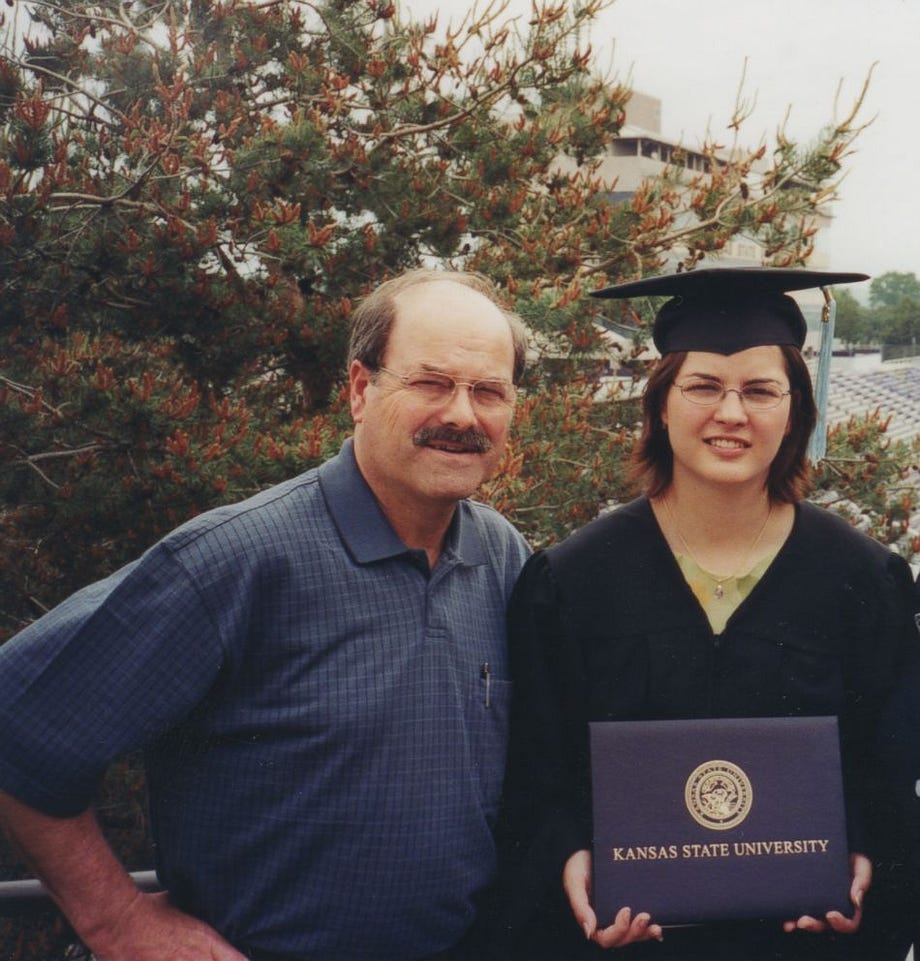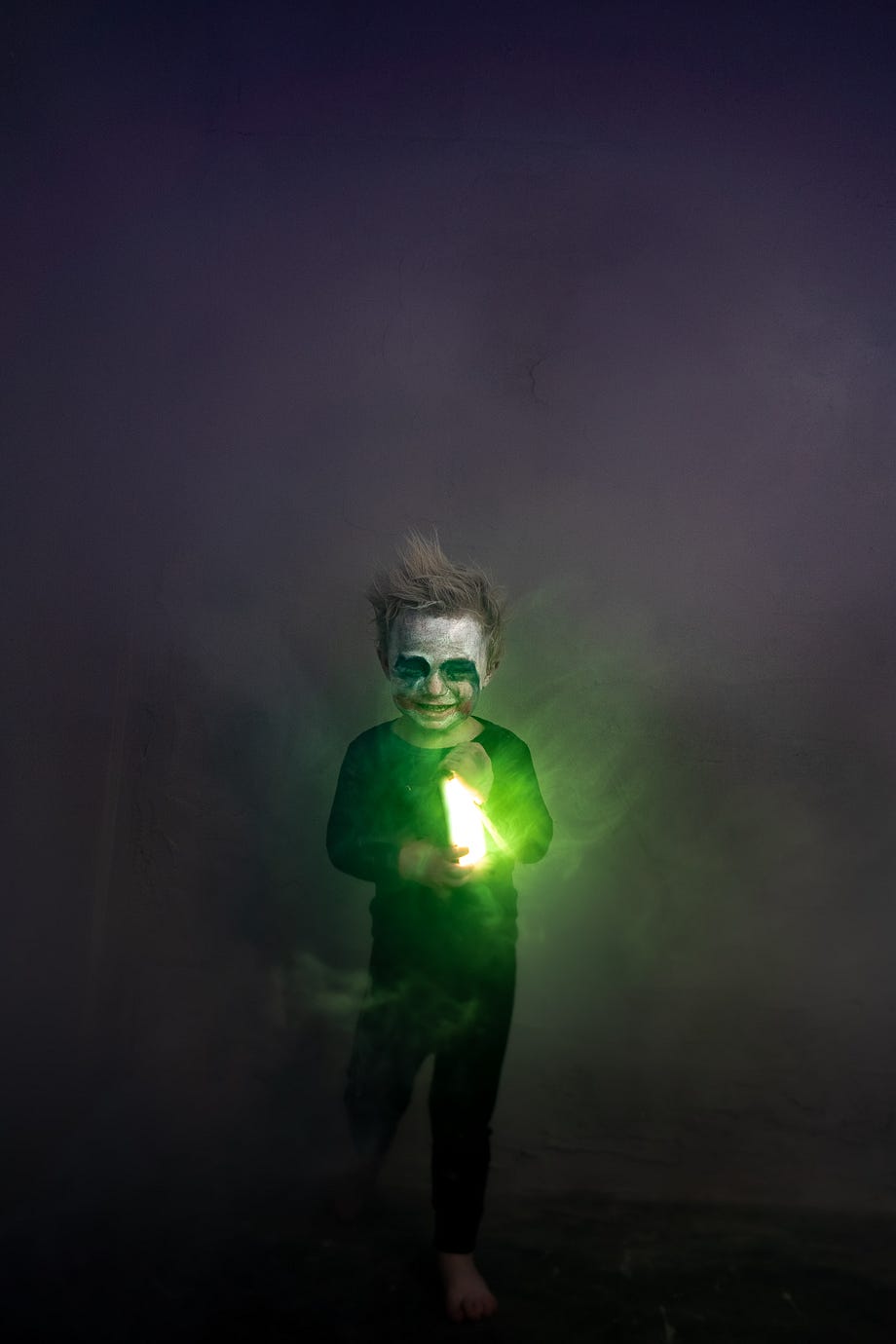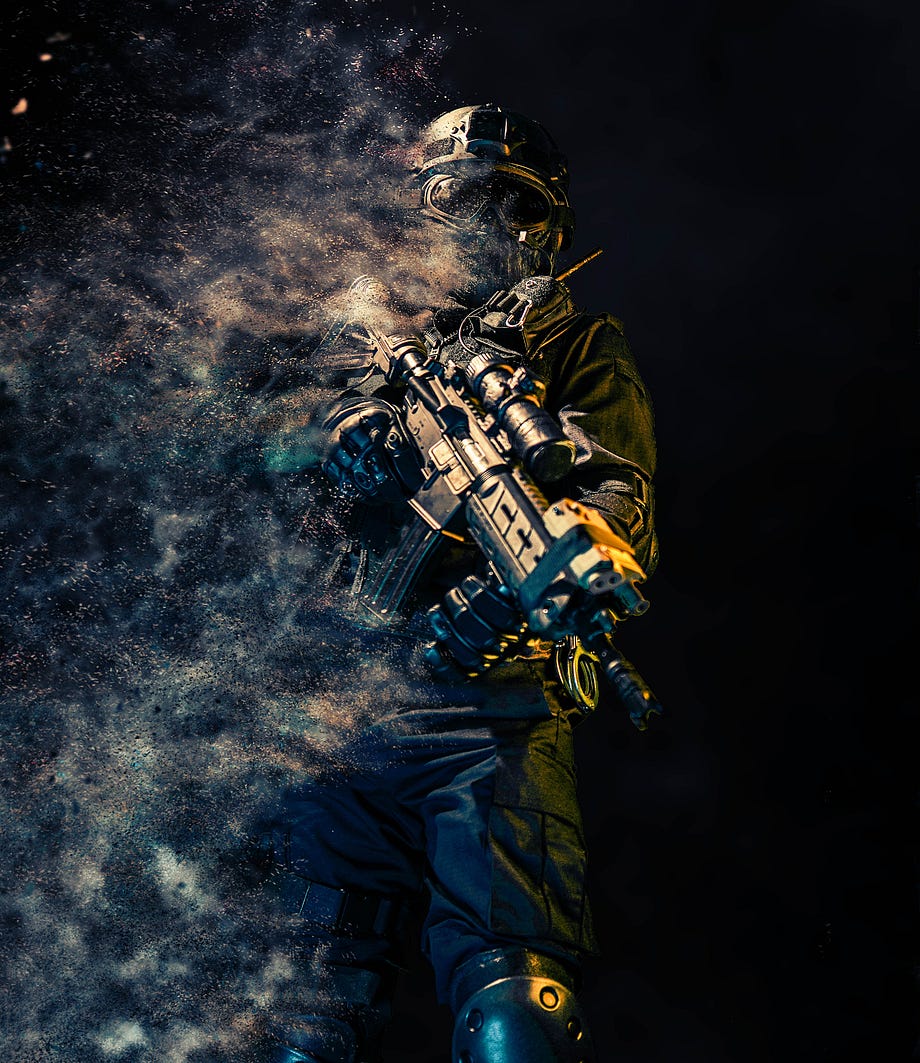A good man’s murder that took decades to solve

Roy McCaleb was going to be murdered in his home in Houston, Texas in September 1985 and his killer was going to get away with it for 28 years.
At 51 years old, he was a seasoned construction worker, happily married for the second time to Carolyn Sue Krizan-Wilson, and didn’t have an enemy in the world. They had a son who lived with them with his girlfriend and they were the typical American family.
His killer wasn’t his first wife as they had divorced only due to the after-effects of the tragic death of one of their daughters, an event too devastating for their 22-year marriage to survive.
His killer wasn’t anyone from the company, Brown & Root, where he had worked as the foreman for decades.
But there was one suspect.

Several days before McCaleb was going to die, his wife of 2 years was car-jacked, assaulted, and raped by an unknown barefoot assailant. Carolyn didn’t report the incident to her husband at that time because he had recently had back surgery and was recovering from a heart attack.
Not wanting to pile undue stress on him, she also didn’t report it to the police concerned that it would get back to Roy and impede his healing progress.
That cover-up, that reluctance to cause waves was going to cause the death of her husband.
On September 22, 1985, according to Carolyn, that same man entered the McCaleb residence through an unopened back door, held her at knifepoint, and raped her again while her heavily sedated husband, who was recovering from his surgery, her son, and his girlfriend, slept upstairs.
Somehow, afterward, he found the gun that Carolyn owned, went into the room where Roy was fast asleep and shot him several times.

Shocked, Carolyn ran into the shooter, managed to retrieve the dropped gun, and fired off two shots as he fled from the house.
The Houston Police were called, sealed off the crime scene, took statements, collected evidence, photographed everything, and began the manhunt.
For months they had nothing to go on. For years there were no breakthroughs, despite Roy McCaleb’s daughter, Pamela Nalley, contacting the DA on a yearly basis for updates, determined to find her father’s killer.
And then, nearly 23 years later in 2008, suspicions, background checks, and unfolding revelations over the years broke the case wide open. This occurred thanks to the persistence of Roy’s daughter, two Texas Rangers, and District Attorney Ken Magidson who decided to move forward with the case.
After poring over the old evidence meticulously, an arrest was made.
The person brought to justice for the murder of Roy McCaleb in 1985 wasn’t the mystery attacker who broke into his house, raped his wife, and shot him dead. The true killer was none other than his wife, Carolyn Sue Krizan-Wilson.

Why did she come under suspicion after all these years? Greed!
Questions were raised about the $198,000 life insurance policies taken out before Roy’s death that she had tried to collect. Questions were raised about how unbelievably calm she had first appeared after reporting her husband’s murder at the time. Questions were raised about how her son didn’t hear the intruder forcibly assault his mother without disturbing him.
Things just didn’t add up.
And further testimony from some of her previous six husbands started to cast some light on her ability to appear as sweet and lovable one minute while being a money-hungry shrew when her mask slipped the next.
Still, the evidence was circumstantial, with no witnesses, and no physical evidence actually linking her to the shooting. At the time of the shooting, she had, against police advice, showered to remove Roy’s blood that had soaked into her nightdress where she had held him.
Even now that she was accused of the murder of her husband, Carolyn continued to insist that her mystery rapist was the killer, clinging to her innocence, that she, too, was a victim. But what motive, the Texas Rangers pressed, would he have had to kill Roy McCaleb? When asked that question she simply did not have a plausible answer.
When the case was brought to court, it was dismissed by the judge, much to the disgust of Roy’s daughter when her attorneys argued that after 23 years it had been too long to bring the case to trial and that Carolyn was suffering from Alzheimer’s disease.

For the next 5 years, she escaped justice.
In the end, her health deteriorating, she broke down when the court ruling was reversed in 2013. Threatened with life in prison, she finally confessed to shooting her husband for a lighter sentence. The plea deal was deemed the only way for the prosecution team to settle the case once and for all as there really was no fresh incriminating evidence and the case was, after all, decades old.
On December 26, 2013, at 71 years old, Carolyn Sue Krizan-Wilson started her 6-month prison sentence, followed by 10 years of probation.
Although the sentencing at first appeared light due to Krizan-Wilson’s health issues, Roy McCaleb’s family had finally achieved the closure they wanted. They had long suspected the truth and had fought tirelessly for 28 long years for Carolyn Sue Krizan-Wilson to be convicted for the callous murder of Roy McCaleb.
















































